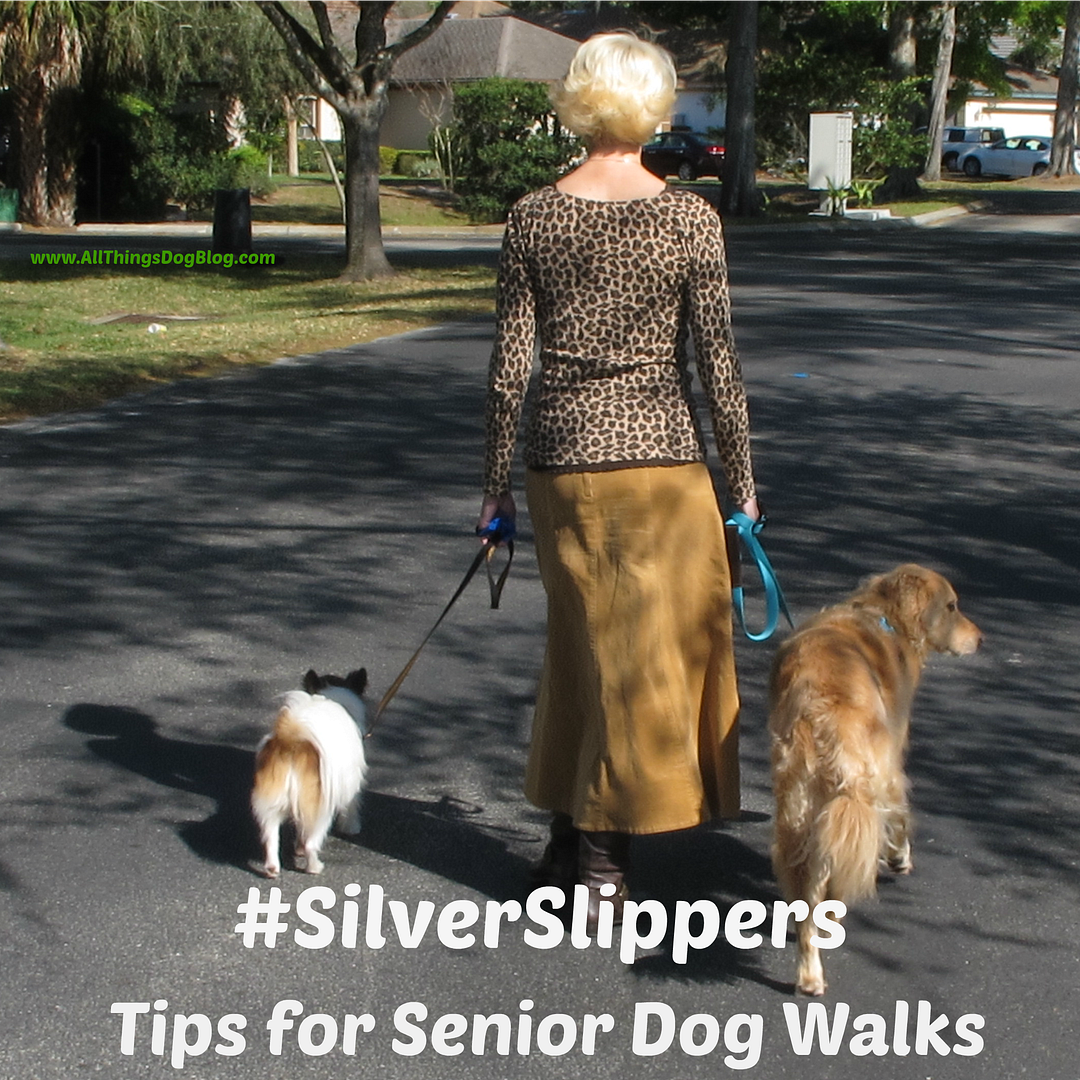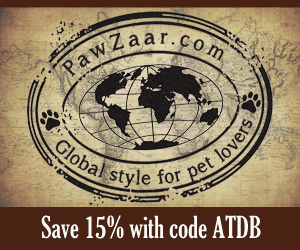Dear
Dr. Julie,
Could
you please cover Giardia-what it is, what it does, and all the ways a dog can
get it. I recently learned from my vet
that animal droppings have runoff and eating their droppings can cause this
illness. Please fill us in.
Dee
Dee
---------------------------------------------------------------------
Dear Dee,
Giardia
is a microscopic parasite known as a protozoa, which can cause gastrointestinal
symptoms in dogs, cats, and people.
The
organism has two life stages—the tough “cyst” form for transmission outside the
body, and the active “trophozoite” form which thrives in the small intestines.
Dogs
contract the protozoa by swallowing the cysts which have been shed in the feces
of other infected canines. The cysts may
be found in contaminated water, soil, and even on a pet’s fur.
After
being ingested and passing into the intestines, the cysts change into the
“trophozoite” or feeding form and attach to the wall of the dog’s
intestine. Eventually this can produce
symptoms, namely foul-smelling diarrhea which may contain blood or mucus,
because of damage to the wall of the intestine.
However many infected animals never show symptoms. An infected dog will eventually pass cysts in
his stool, which continues the life cycle when another dog consumes those
cysts.
Diagnosis
is often made based on clinical signs, but can be confirmed by special fecal
examinations under a microscope or through a newer SNAP test on the stool which
checks for Giardia cell proteins.
Treatment
is usually fairly straightforward with prescription medications.
One
up side to the harsh winter many of us endured is that alternate freezing and
thawing cycles will kill Giardia cysts in the environment.
Your
question eluded to the transmission of Giardia to dogs from wild animals, and
the good news is that Giardia is fairly “species specific”, meaning that
generally cats don’t get Giardia from dogs, and vice versa. So the droppings of fox, coyote, and feral
dogs would be my main concern for transmission.
As a
final note, feces (and urine) from a variety of animals, ranging from deer to
raccoons, can contain internal parasites, bacteria, and protozoa which could
cause your dog to become ill. Certainly
your vet’s advice to do your best to prevent your dog from coming in contact
with animal droppings is wise!
Dr. Julie Buzby is a homeschooling mom of seven, American Veterinary Chiropractic Association and International Veterinary Acupuncture Society certified holistic veterinarian, and passionate advocate for canine mobility.In her free time she serves on the Advisory Board for The Grey Muzzle Organization. She can be found at Twitter @DrBuzby and on Facebook.com/ToeGrips. You'll also find more of Dr. Julie's posts at our Ask the Vet Archives page.
Here are a few of her articles that may be of interest:
Dr. Julie's opinion or advice does not replace an actual exam with a veterinarian.









































2 comments:
Anonymous said...
Thanks for the great advice, what a great tip for dog owners, to take fresh water to the park with them. Most people would not think about the consequences of letting your dog share a bowl of water with dogs when you know nothing about their health. Thanks for sharing.
Unknown said...
Thank you so much for the extra information, Dr. Julie! We're now trying to clean up the hill behind our house in an attempt to discourage the wildlife and keep them further into the woods away from the house, but it's a big work in progress. When we moved out here, I never dreamed that we'd have to do more than just keep the dogs out of the creek to keep them from picking up nasty things. Along with all the other wildlife, I've seen all those things you mentioned though--fox, coyotes, and free-roaming dogs. ~~ Dee
Post a Comment